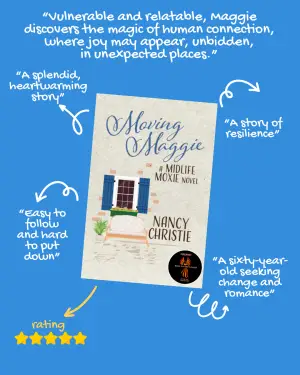Engaging with the Roots of Thought: A Review of Analytical Psychology and German Classical Aesthetics: Goethe, Schiller, and Jung: The Development of the Personality Vol 1 by Paul Bishop
When I first stumbled upon Analytical Psychology and German Classical Aesthetics by Paul Bishop, it felt like an invitation to dive deep into a realm where psychology and aesthetics intertwine. As someone who has always been fascinated by the interplay of art and the human psyche, I was instantly drawn to Bishop’s exploration of how analytical psychology, particularly that of Carl Jung, finds its philosophical roots in the works of German luminaries like Goethe and Schiller.
Bishop’s work is not just an academic treatise; it’s an insightful journey into the intellectual lineage of analytical psychology. He meticulously argues that Jung’s theories are not merely inventions but rather sophisticated reformulations of concepts found in German classical aesthetics. Through a systematic analysis, Bishop illuminates how Goethe and Schiller’s ideas have profoundly influenced Jung, thus placing analytical psychology within a broader context of German thought. This exploration is enriching, as it repositions Jung’s work not as isolated genius but as part of a vibrant conversation with previous thinkers.
Reading through this volume, I found myself grappling with Bishop’s assertion that understanding the philosophical sources of Jung provides fresh relevance for contemporary thought. The idea that our understanding of personality and consciousness is interwoven with the aesthetics of the past is a notion that resonates deeply. It challenges us to reflect on how our personal experiences and cultural background shape our psyche, inviting a holistic approach to understanding oneself.
Bishop’s writing is scholarly yet surprisingly accessible. His ability to weave dense concepts into engaging prose is commendable and allowed me to appreciate the intricacies without feeling overwhelmed. I particularly enjoyed how he tackled complex ideas with clarity, making them digestible for readers who may not have a background in either analytical psychology or German literature.
One highlight for me was Bishop’s discussion of the concept of the “self,” which he correlates with artistic expression. His framing of the self as a dynamic interplay between internal and external worlds struck a chord with my understanding of creativity and identity. It’s a topic that evokes endless introspection and beautifully illustrates how the existential thought of Goethe and Schiller can still inform our modern quest for self-knowledge.
Reflecting on this reading experience, I realize how much it has enriched my understanding of Jung and the philosophical underpinnings of his thought. It’s a reminder that to explore the human psyche is to appreciate the artistic and aesthetic dimensions that come with it.
I wholeheartedly recommend Analytical Psychology and German Classical Aesthetics for anyone intrigued by the intersections of psychology, philosophy, and literature. Whether you are a student delving into Jungian theory, a lover of German classics, or simply curious about the foundations of personality, this book offers a profound and thought-provoking perspective. Bishop’s work not only encourages reflection but also invites us to engage with our own narratives against the backdrop of these rich intellectual traditions.
In closing, this journey through Bishop’s exploration of Jung’s intellectual heritage has deepened my appreciation for the nuances of the human experience, reminding me how interconnected our thoughts, feelings, and cultural influences truly are. It’s a reading experience that lingers long after the final page is turned.






